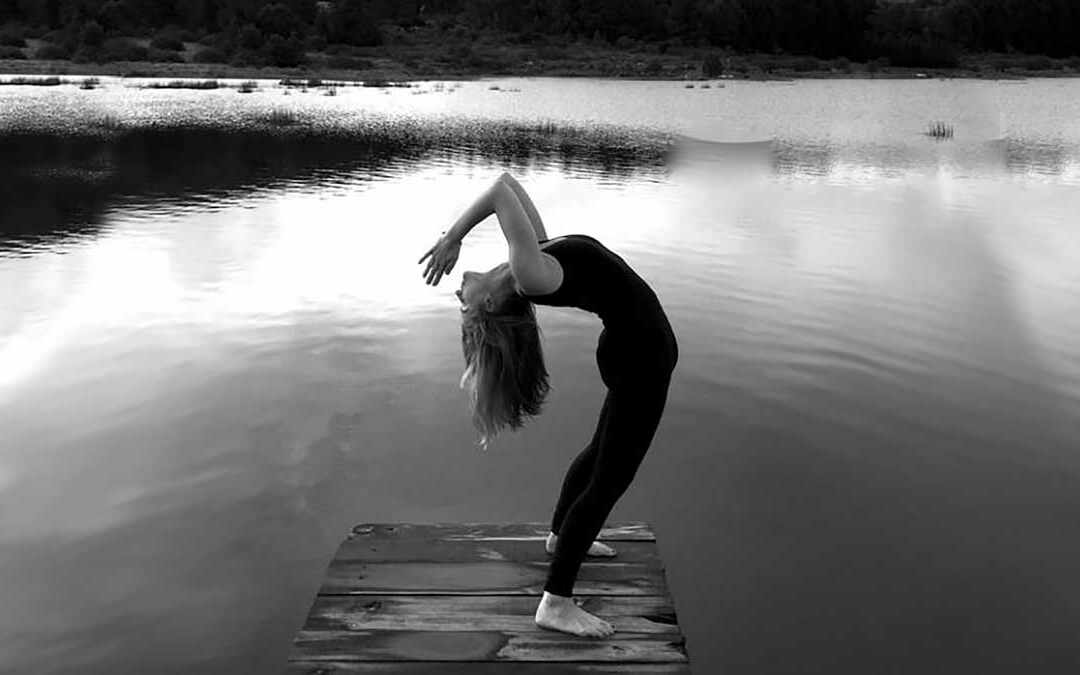When we embark on the journey of learning the Ashtanga yoga sequence of asanas, invariably along the way we come into contact with asanas that we don’t really like. In fact, there could be a range of responses from mild distaste, to intense dislike to downright dread. Not surprisingly most often we tend to like the postures we can do and dread the ones we can’t. But in fact, it is in this encounter with the difficult and “scary” asanas where a yoga practice as a tool for self-growth is put to work.
When we practise yoga, we cultivate an internal witness or “seer” or “one that watches” to observe our thought patterns and reactions. What better time to harness this power of the seer than when the mind is freaking out. Being able to watch the “freak out” creates a profound space between ourselves and our thoughts. A space or a pause hopefully just significant enough for us to realise that we have a choice in how we respond.
Without developing this awareness, our response to this stressful situation might just follow past behaviours that over time have become our default MO. For some students, it might mean trying to skip the posture (hoping the teacher doesn’t notice) for others it might mean avoiding coming to practice or stopping all together, with the mind rationalising this decision with stories such as – it’s just not for me, it’s too hard, I’ll never be able to do it anyway.”
The problem with routinely gravitating to the asanas we like and routinely ignoring and forgetting about the ones we don’t is that we remain stuck in the ping-pong game of attachment and aversion. Running towards what we think will make us happy and desperately hiding and avoiding what we think will bring us pain, creating increasingly entrenched “samskaras” (habitual thought patterns) and in turn “karmas” (actions) along the way. However, this is not the way of the yogi. A yogi aims for an equanimity of the mind that transcends attachment and aversion, as the path to ‘kaivalya” (freedom).
Put this concept into modern day psychology terms, and this translates into the idea of cultivating resilience as the key to lasting happiness. Recent studies have concluded that happiness from pleasure is transitory and fleeting (yogis have been on to this idea for a while) and that real contentment over the long term comes from developing a mind that is resilient.
Put simply, this is being ok with things not being ok, as quite frankly while we might have periods in life of things going along swimmingly, there are many times when this just isn’t the case. Fortunately, resilience is a mental attitude that can be learnt, and within the current world of secular mindfulness, resilience is forming the cornerstone of mindfulness training for corporations, schools and individuals alike.
So we have this wonderful opportunity every day on the mat to develop resilience. It means showing up, facing what needs to be faced, and using our yogic tool of the breath. The ego will resist as the ego likes being in control, working hard to make ourselves look good in front of others. Practising asanas that are difficult requires our ego to be pushed to the side and our vulnerabilities embraced; this can be emotionally painful. But every day you make the decision to stay with mental discomfort on the mat, and use the breath to find a moment of stillness, a moment of equanimity however fleeting, the mind is being strengthened and conditioned, as old behaviours and habits are being broken. And then one day when life hits you with a big whammy, you may still fall down, but the resilience will be there to help you be ok with things not being ok.
p.s. and the fact is, quite often, over time, these dreaded asanas might just become our favourites. Everything changes, nothing is constant.


